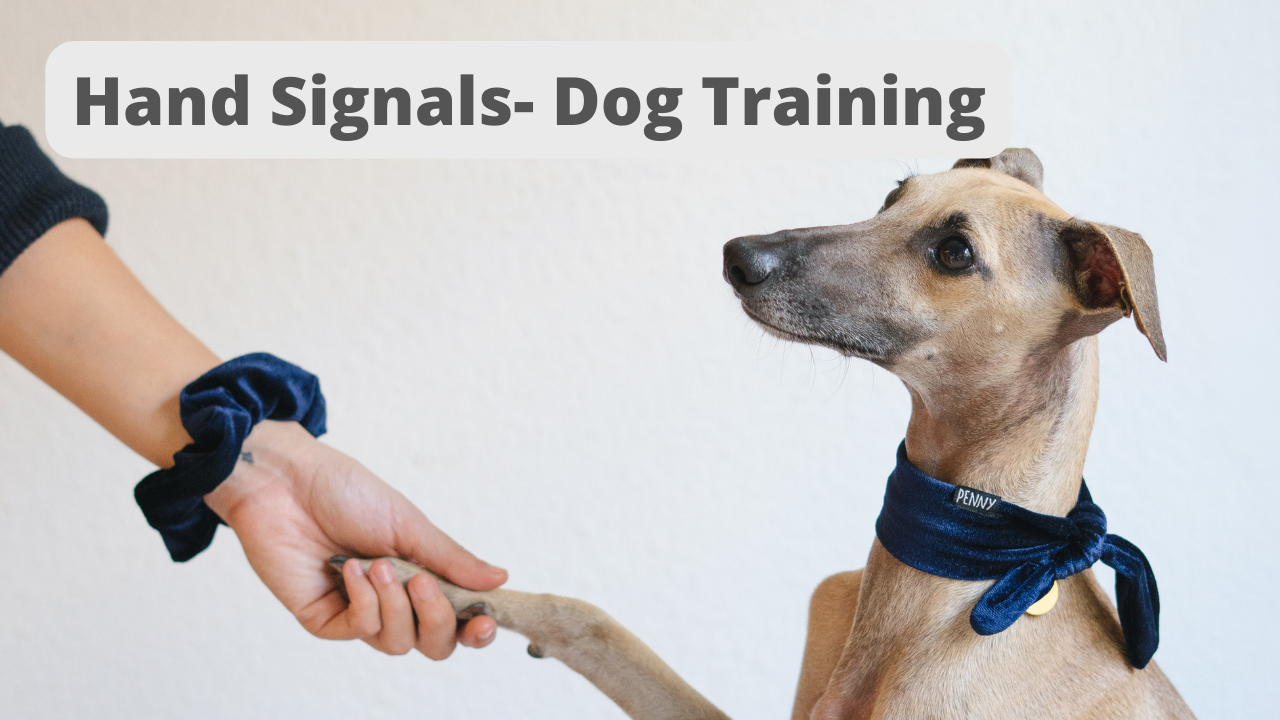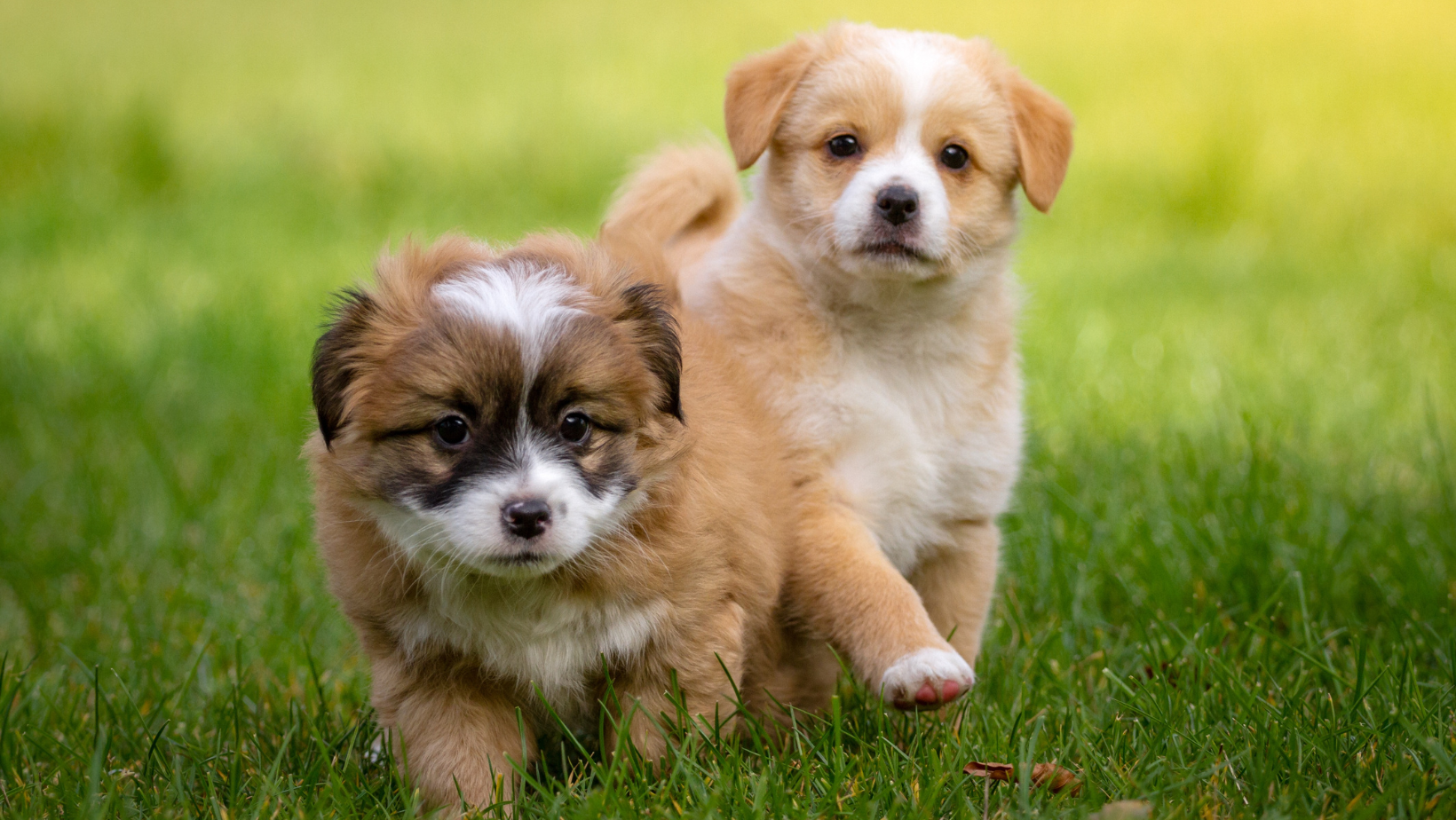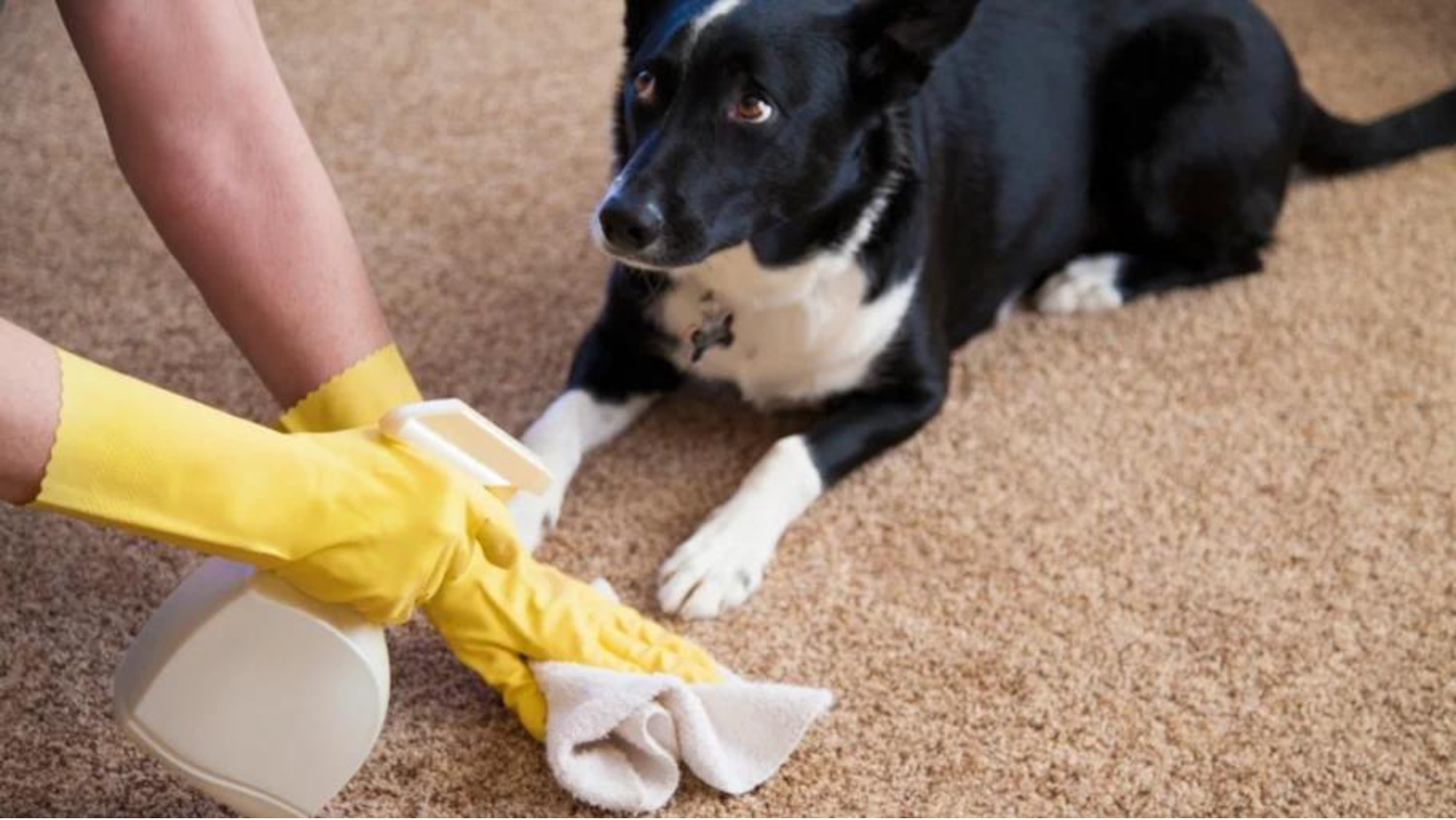Hand Signals- Dog Training

Once your dog has mastered the foundational sit-down-stand routine, you’re ready to add hand signals.
The use of hand signals starts to separate sits, downs, and stands into independent concepts in your dog’s mind, and they begin building the bridge from “exercises” to “commands.” Hand signals also change the way you use treats in order to begin reducing your reliance on them.
The full transition to hand signals involves three stages. Each stage works with the exercises you’ve learned so far — sit, down, and stand. That makes for a lot of exercises to repeat with only minor variations, and it may seem a bit tedious in the
beginning. But trust me, if you systematically follow these routines, you’ll have your dog responding to hand signals in no time, and you will have paved the way for genuine “commands.”
Please don’t hurry through these. Make sure you’ve nailed each stage in all its variations before moving on to the next. Remember, you can’t build a solid house on a shaky foundation. If you encounter trouble with hand signals, or seem to be moving too fast for your dog, “Building a Routine,” until your dog follows you consistently and reliably.
THE THREE MAIN HAND SIGNALS
In theory, it doesn’t matter what gestures you use for hand signals. The important thing is that each motion
is easy for you to do and easy for your dog to understand. Other people and trainers sometimes prefer other
gestures, and you can add more hand signals as training continues, but I find these three work best for the
three main commands: sit, down, and stand.
Sit
To issue the sit hand signal, begin with your hand at your side and simply sweep your arm upward as shown.


A Preliminary Form of Down
You have to teach the down hand signal in two steps. Initially, do the motion as shown here: With your arm
raised, palm out, bend over so you can lower your hand all the way to the ground with the treat. Why do this
preliminary version first? Because the final version of the down hand signal (which appears next) demands
that your dog move away from the treat to get the treat. This makes no sense initially, since every other
exercise (except stay, later) asks her to move toward the treat to get the treat.
Only when she’s nailed this should you move to the final down hand signal.


Down
The final hand signal for down is the opposite of sit. With your hand raised, simply sweep it straight
down until your hand is comfortably at your side.


Stand
With your hand somewhere near your dog’s nose, pull it away in a line level with her nose and parallel
to the ground with your palm facing her. Remember, if you bring the treat and hand signal above the
plane of her nose, she will tend to crane her neck up and sit.


Holding the Treat
As you introduce hand signals with your dog, shift the position of the treat in your hand. Don’t hold it
between thumb and forefinger — where the visual emphasis is on the treat and much less on the hand.
Instead, hold the treat between your forefinger and middle finger — where the visual emphasis is much
more on the hand and less on the treat.






